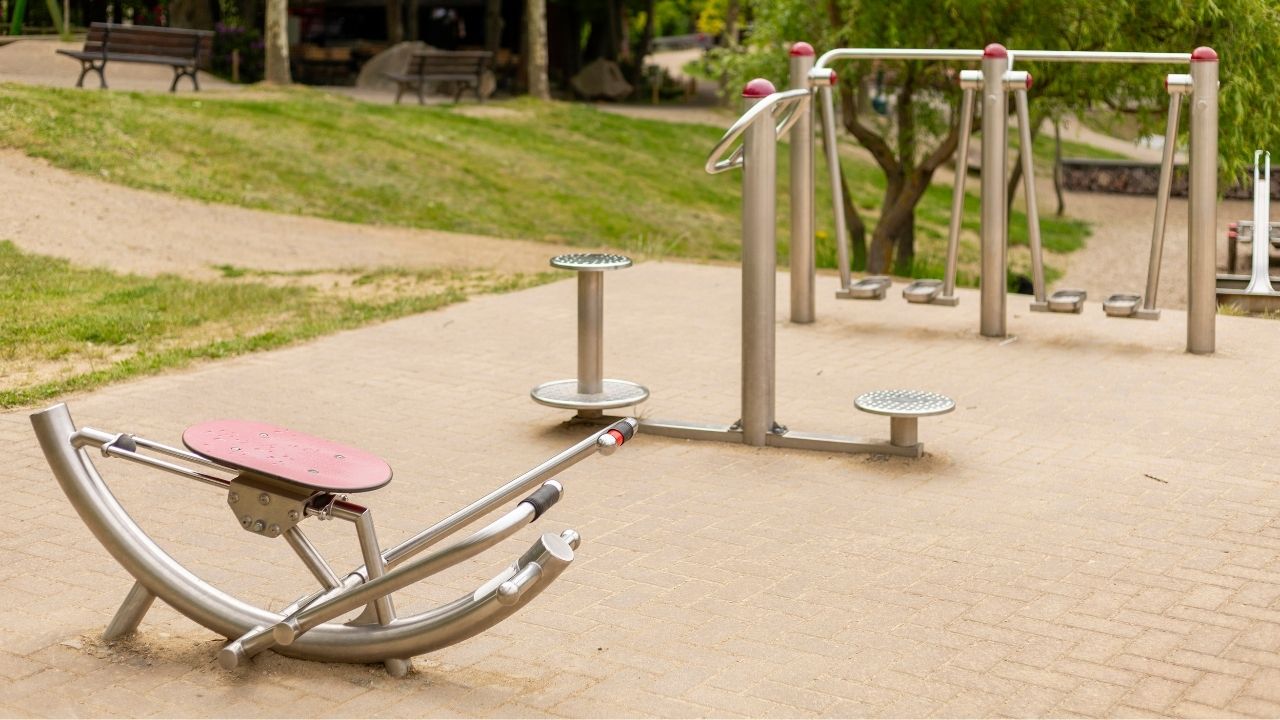
Public Parks with Fitness Trails: Your Guide to Outdoor Wellness
There’s something refreshing about taking a workout outside. The air feels cleaner, the scenery changes with every step, and there’s a sense of freedom you just don’t get on a treadmill. That’s where public parks with fitness trails come in. These spaces combine the natural beauty of a park with the structure of a gym, giving you a chance to stay active while enjoying the outdoors.
Whether you’re a casual walker, a weekend jogger, or someone looking for creative workouts, fitness trails offer an affordable and accessible way to exercise. Let’s take a deep dive into why they’re so valuable, where to find them, and how to make the most out of your next outdoor workout.
Why Fitness Trails Matter
Most people think of parks as places for picnics, playgrounds, or sports fields. But when a park includes a fitness trail, it becomes a space for wellness that anyone can use. These trails often feature:
- Paved or natural walking and running paths
- Outdoor exercise stations with equipment for stretching, pull-ups, or balance work
- Distance markers to track progress
- Accessible routes designed for all ages and fitness levels
The beauty of public parks with fitness trails is that they remove barriers. You don’t need a gym membership or expensive gea just comfortable shoes and a little motivation.
The History of Fitness Trails
Fitness trails, sometimes called parcourse trails, first became popular in the 1970s. Communities wanted to encourage outdoor exercise, so they installed stations along trails where people could stop and do bodyweight exercises. Think push-up bars, balance beams, or even simple stretching zones.
Today, these trails have evolved. Some are simple loops with distance markers, while others include modern calisthenics stations, climbing structures, or even QR codes linking to guided workouts. Cities around the world are now investing in them as part of larger wellness initiatives.
Examples of Great Public Parks with Fitness Trails
Let’s look at a few inspiring examples of how different cities have embraced fitness trails.
1. Druid Hill Park (Baltimore, MD)
One of Baltimore’s oldest parks, Druid Hill offers miles of paths that walkers and runners love. The fitness loop around the reservoir is perfect for timed laps, and nearby areas include exercise stations.
2. Central Park (New York, NY)
New York’s Central Park has jogging routes, bike paths, and natural terrain that doubles as fitness challenges. Several outdoor workout zones scattered across the park attract both locals and tourists.
3. Griffith Park (Los Angeles, CA)
Known for its trails leading to the Hollywood Sign, Griffith Park blends scenic hiking with workout opportunities. Many visitors use its wide trails for interval running and bodyweight training.
4. Patterson Park (Baltimore, MD)
Home to open fields and paved paths, Patterson Park is a Baltimore favorite. It’s not just for dog walkers and families fitness-minded locals use the loop trails for running, cycling, and bootcamp-style training.
5. Lakefront Trails (Chicago, IL)
Stretching along Lake Michigan, this series of connected paths offers stunning views and plenty of space for runners, cyclists, and walkers. Some sections include fitness stations with pull-up bars and stretching areas.
What You Can Do on a Fitness Trail
If you’re new to using public parks with fitness trails, here are some simple routines you can try:
Circuit Workout Idea:
- Warm-up jog for 5 minutes
- Stop at first station: 15 push-ups
- Walk or jog to the next marker
- Station 2: 20 squats
- Station 3: Balance hold for 30 seconds
- Station 4: 10 pull-ups or modified hangs
- Continue until trail ends, then cool down with stretches
This way, your workout mixes cardio with strength training, all while moving through nature.
Benefits of Using Public Parks with Fitness Trails
- Free and Accessible: No membership required
- Family Friendly: Kids can play while adults exercise
- Variety: Combines walking, running, and strength moves
- Scenic Motivation: Natural surroundings make workouts more enjoyable
- Community Connection: Meet other fitness enthusiasts outdoors
How to Find Fitness Trails Near You
If you’re wondering how to discover public parks with fitness trails near me, try these tips:
- Use Google Maps or park district websites search terms like “fitness trail” or “exercise stations”
- Check local government pages many cities list parks with outdoor gyms
- Join local running or walking groups they often know the best spots
- Explore apps like AllTrails, which sometimes note fitness equipment locations
The Global Rise of Outdoor Fitness
It’s not just in the U.S. Cities worldwide are investing in outdoor workout trails to encourage healthy lifestyles. For example:
- Barcelona, Spain has seaside fitness zones integrated into public beaches.
- Berlin, Germany features calisthenics parks with bars and rings.
- Sydney, Australia blends coastal walking paths with workout stops overlooking the ocean.
Baltimore and other American cities are catching up, adding equipment and signage to make fitness trails more user-friendly.
Tips for Making the Most of Fitness Trails
- Go at Off-Peak Hours – Early mornings or evenings mean fewer crowds.
- Bring Water – Outdoor workouts can be dehydrating.
- Wear Comfortable Shoes – Trails vary from pavement to dirt paths.
- Mix It Up – Alternate between cardio days and strength days.
- Stay Consistent – Treat it like a free outdoor gym membership.
A Local’s Suggested Fitness Trail Routine in Baltimore
If you’re in Baltimore, here’s a sample “fitness trail day”:
- Start at Patterson Park – Warm up with a jog around the loop.
- Head to Druid Hill Park – Use the fitness stations for push-ups, planks, and squats.
- Cool down at the Inner Harbor – Walk along the water while stretching.
This mini-circuit gives you both scenic views and a solid workout, all without stepping inside a gym.
Insightful & Reflective: The Takeaway
Public parks with fitness trails represent the perfect blend of health, community, and nature. They remind us that wellness doesn’t have to be expensive or complicated. All you need is a path, a few simple stations, and the motivation to get moving.
Whether you’re in Baltimore, Chicago, or halfway across the world, chances are there’s a park nearby waiting to be your outdoor gym. So next time you lace up your sneakers, skip the treadmill and hit the trail.


